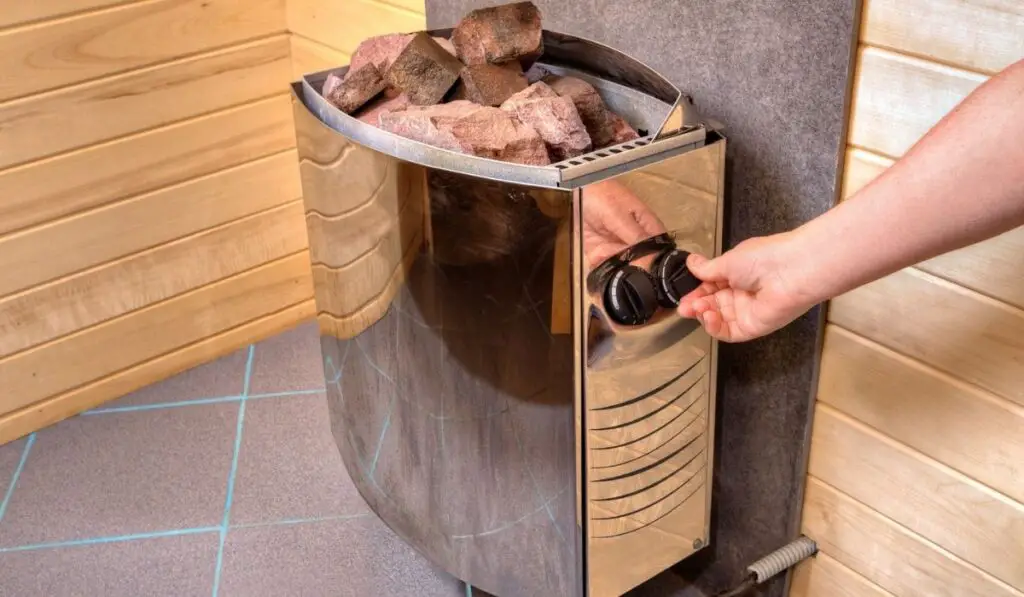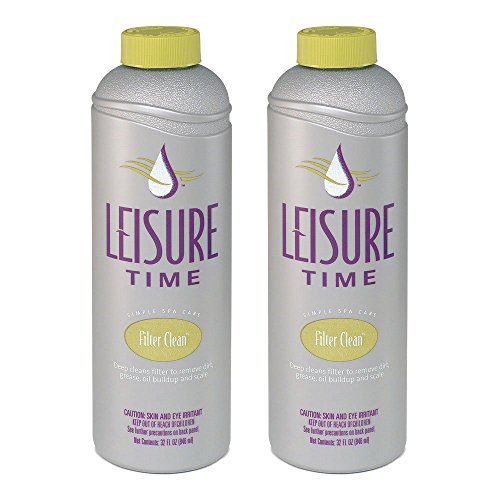Saunas are an excellent way to bring heat therapy to your home. But with any major appliance, there are some operational costs you should know about. With saunas, the main recurring cost will be how much electricity the sauna will use. While electricity costs will vary depending on location, we get a good guess based on how much wattage the device uses.
A 2-person, infrared, at-home sauna uses $0.20 worth of electricity/hr of use. Portable saunas and sauna blankets use half of that. If you plan to use your sauna 5x/wk, the monthly energy cost may be around $1.30 for a walk-in infrared sauna, $1 for a portable sauna, or $0.50 for a sauna blanket.
There are few factors to take into account to get a good estimate for monthly costs. Obviously, the size of your unit is going to be a factor but the type matters as well. Let’s explore some of those options, detail the costs of operation, and help you get a handle on what to expect from regular sauna use.
Electricity Use for Popular Sauna Types

As you can imagine, how much electricity your sauna uses will depend on the type you have (more on sauna types in our guide). There are many different kinds out there for at-home uses, and they often use different heating mechanisms. Additionally, units exist that don’t rely on electricity at all.
You might not have one of these at your home, but traditional wood-burning saunas date back centuries. Some saunas use natural gas or propane as a heat source, but we’ll focus on saunas that use electricity for our purposes. For the most part, if you plan on using an electric sauna at home, you will either have an infrared sauna or a steam sauna.
Another factor that comes into play is size. While there are systems that aim to replicate more traditional saunas, others fit into the portable category which we have a tutorial on as well. As you can imagine, size will play a significant part in how much electricity your sauna will use. Let’s explore some popular sauna types and how much electricity they use:
| Sauna | Type | Size | Wattage | Kilowatts per Hour |
| Serenelife Portable Sauna (on Amazon) | Infrared | One-Person | 1,300 | 1.3 |
| Durasage 2-Person (on Amazon) | Infrared | Two-Person | 1,700 | 1.7 |
| Durasage Portable (on Amazon) | Steam | One-Person | 800 | .8 |
| HigherDOSE (on manufacturer’s site) | Infrared | Blanket/One Person | 420 | .42 |
| Serenelife Home Spa (on Amazon) | Infrared | One-Person | 1050 | 1 |
Keep in mind that larger saunas definitely exist. Four to even six-person models are available but tend to be costly. As you might expect, these larger saunas are going to use a good bit more juice.
| Size | Wattage | Kilowatt per Hour |
| Three-Person | 2551 | 2.51 |
| Four-Person | 4200 | 4.2 |
| Six-Person | 4800 | 4.8 |
Cost of Electricity
As you might have noticed, there is one crucial number missing from the above table: cost. The truth is, electricity prices are going to vary depending on location. But to give you a general idea of how much money you are going to spend when you use your sauna, we can use some ballpark figures. If we use the national average price of electricity, 12 cents per kilowatt-hour, we get:
| Type | Size | Cost per one hour of use |
| HigherDose/Infrared | Blanket style/one person | 5 cents |
| Infrared | One-person | 12 cents |
| Steam | One-person | 10 cents |
| Infrared | Two-person | 20 cents |
If you go for a larger sauna, you are going to see the highest operational costs. For a six-person sauna, you’ll end up spending around 57 cents per hour used. To get a sense of yearly electricity costs, you need to think about how often you will use your sauna.
You will also want to factor in how long your sauna is going to be running during your session. Make sure to calculate in time for your sauna to heat up as well, around 15 or so minutes. Let’s say you use your sauna five times a week for around 30 minutes each session, including heat up time.
Since there are 52 weeks in a year, we can calculate your yearly use as about 130 hours. For this example, let’s say we have a one-person infrared sauna. If your electricity is going to cost you 12 cents per kilowatt-hour, your yearly operational costs for your sauna is $15.60. You can use a similar method to calculate your own sauna costs.
What Sauna is the Cheapest to Run?
Judging by the above data, we can see that the smaller the unit, the cheaper it will run. These types of portable saunas tend to be infrared types. But before you go for the most affordable option, think about effectiveness. There are some opinions on how well portable systems work.
More often than not, they can get the job done, but they just don’t equate to full-sized setups. Additionally, infrared setups use dry heat, which might not be what you are looking for. When it comes to saunas, wattage correlates to heat. Generally speaking, the higher the wattage, the more heat the unit will disperse. More heat makes for a more intense sauna experience.
Other Sauna Costs
Now that we have a better understanding of electricity costs, there are a few other factors you may want to consider. Of course, upfront costs and installation should be on your mind, but some surprising costs may sneak up on you.
Cost of Accessories
There are lots of products designed to make your sauna more comfortable. Other products can give you the sauna some custom flair. No matter what you decide on, these accessories are going to add up. For example, you could add things like aromatherapy kits, custom lighting, sound systems, and air ionizers as well.
Cleaning Supplies
Saunas are perfect environments for molds and other nasty microbes. The warm, humid space inside your sauna is comfortable for humans but also bacteria. To make sure everything is spick and span means implementing a cleaning schedule.
Usually, you will want to do this pretty regularly. Most people will clean out their sauna every week or after use. To keep things clean means using some sort of cleaner. Be mindful of what you are putting into your sauna. Harsh chemicals may cause toxic fumes to escape the next time your sauna is in use. Try and source milder cleaner like this Spa Cleaner (on Amazon).
The inside of your sauna is a high-risk environment for bacteria growth. This means you need to take some time making sure cleaning is taken seriously. So if you are thinking about costs, you may want to factor in time spent cleaning. While this may not be a considerable cost factor, it will factor into the operating costs of your sauna.
Laundry
Another small cost to explore is laundry costs. It’s no surprise that the sweat that saunas produce makes for dirty towels and cushions. All these items need to be properly washed before being the next use. Much like the inside of a sauna, towels and cushions are breeding grounds for bacteria.
But, once a towel gets mildewy, it’s hard to remedy. This might translate to replacing them together. You should keep a consistent laundering schedule for anything used inside the sauna to prevent this from happening. These costs may be minimal, but they are worth understanding if you are concerned with electricity costs.
Wrapping Up
When it comes to running your sauna, electricity only plays a small part in overall costs. Generally speaking, you will at most spend five or fewer hours in your sauna a week. Using calculation based on kilowatt usage, we have found that even an avid sauna use will get away with spending less than $5 a month on electricity.
This will depend on the size and type of sauna, but overall, they will not cost much to run. If electricity costs are on your mind, some other small costs could add up over time. These are things like laundry and cleaning.

